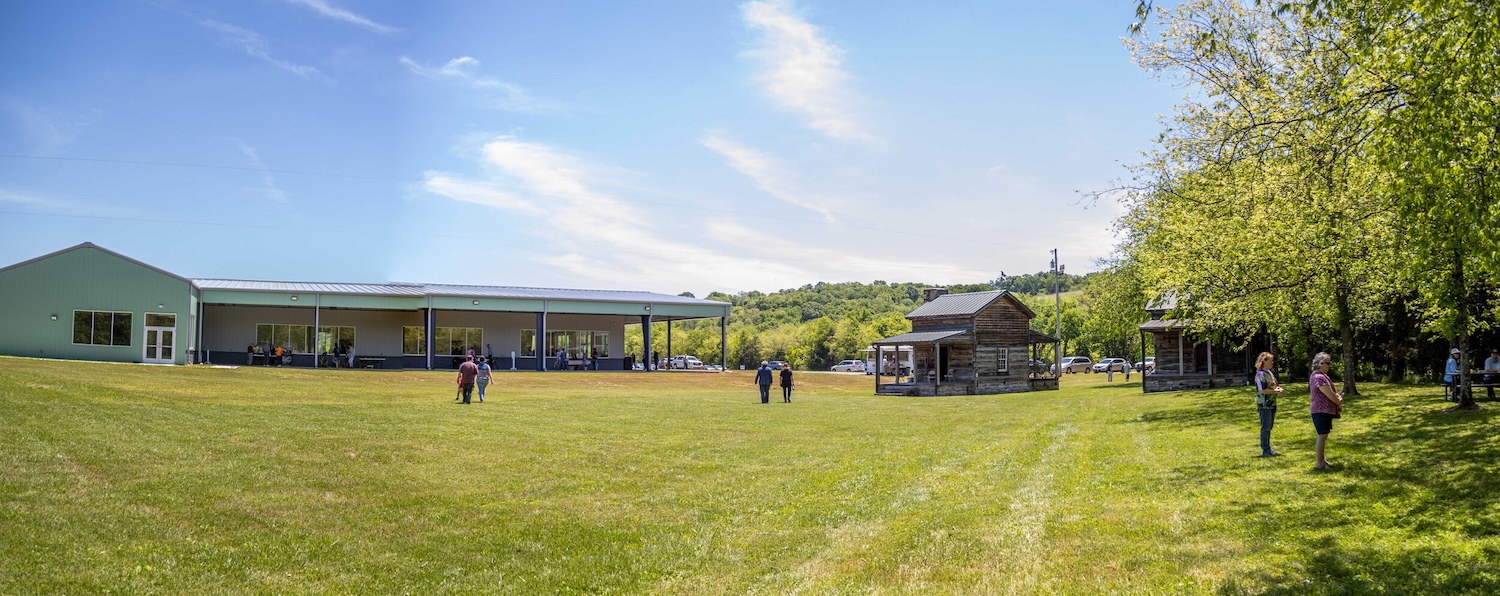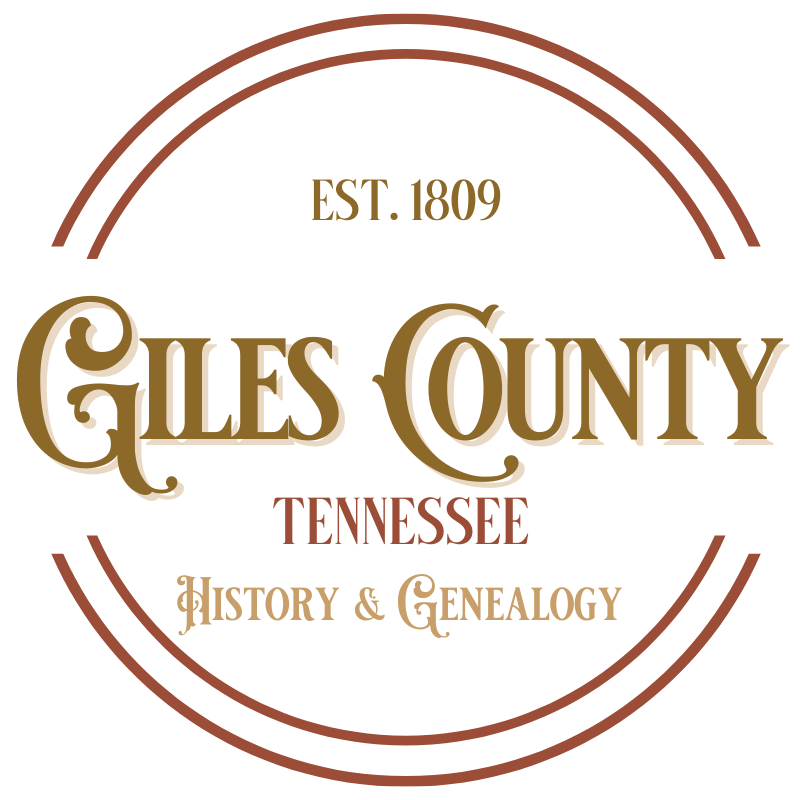

Wolf Gap History & Nature Education Center
Wolf Gap serves the past, present and future of Giles County with public spaces and public programs from its location on Tarpley Shop Road, south of Pulaski, Tennessee. The site features a newly established Education Center, two historic log cabins, and a picturesque 50-acre campus set in a beautiful natural environment. The Education Center offers classroom and exhibit space, as well as a venue for special events.
Wolf Gap provides a scenic setting for family picnics, leisurely walks, field trips, demonstrations, festivals, and other gatherings. Additionally, many of its educational programs are available for off-site presentations. The two historic log cabins at Wolf Gap were relocated from their original locations. One cabin originally stood in the Saint Joseph community of neighboring Lawrence County, while the other was first built in the Bunker Hill community, just a few miles from Wolf Gap.
The land on which Wolf Gap sits was historically claimed by the Cherokee and Chickasaw nations. These tribes lost their rights to the land due to treaties with the U.S. government in the 19th century. The site is also located just a few hundred yards from historic Old Stage Road, the oldest north-south route connecting Pulaski, Elkton, and Huntsville. A section of this road formed part of the Benge route of the Trail of Tears, along which nearly 1,200 Cherokee were forcibly relocated in 1838 from Fort Payne, Alabama, to Oklahoma.
Archeological surveys indicate that Wolf Gap was utilized by indigenous peoples long before the emergence of the Chickasaw and Cherokee tribes. More information about this early human activity is available through ongoing research at the site.
Why the Name “Wolf Gap”?
Wolf Gap is named after a historic location—a natural gap in the high ridge between two hills near the campus. An old wagon road, known as Wolf Gap Road, once passed through this gap. Before the Civil War, the area was home to several white-owned farms. After the war, much of the land was acquired and cultivated by formerly enslaved people, forming a community known as Wolf Gap and Center Point.
Local legend tells of a white wolf that once lived in the gap, said to chase away hunting dogs that ventured too close.
Plan Your Visit
Wolf Gap’s campus, with walking trails and picnic areas, is open to the public daily from dawn-dusk.
The Education Center, with restrooms, exhibits, & water fountains, is staffed and open on weekends only. It is open to the public on Saturdays 10am-4pm, Sundays 12pm-4pm. Check the calendar to see what exhibits and special events are available during your visit.
Photo Courtesy of Wolf Gap
